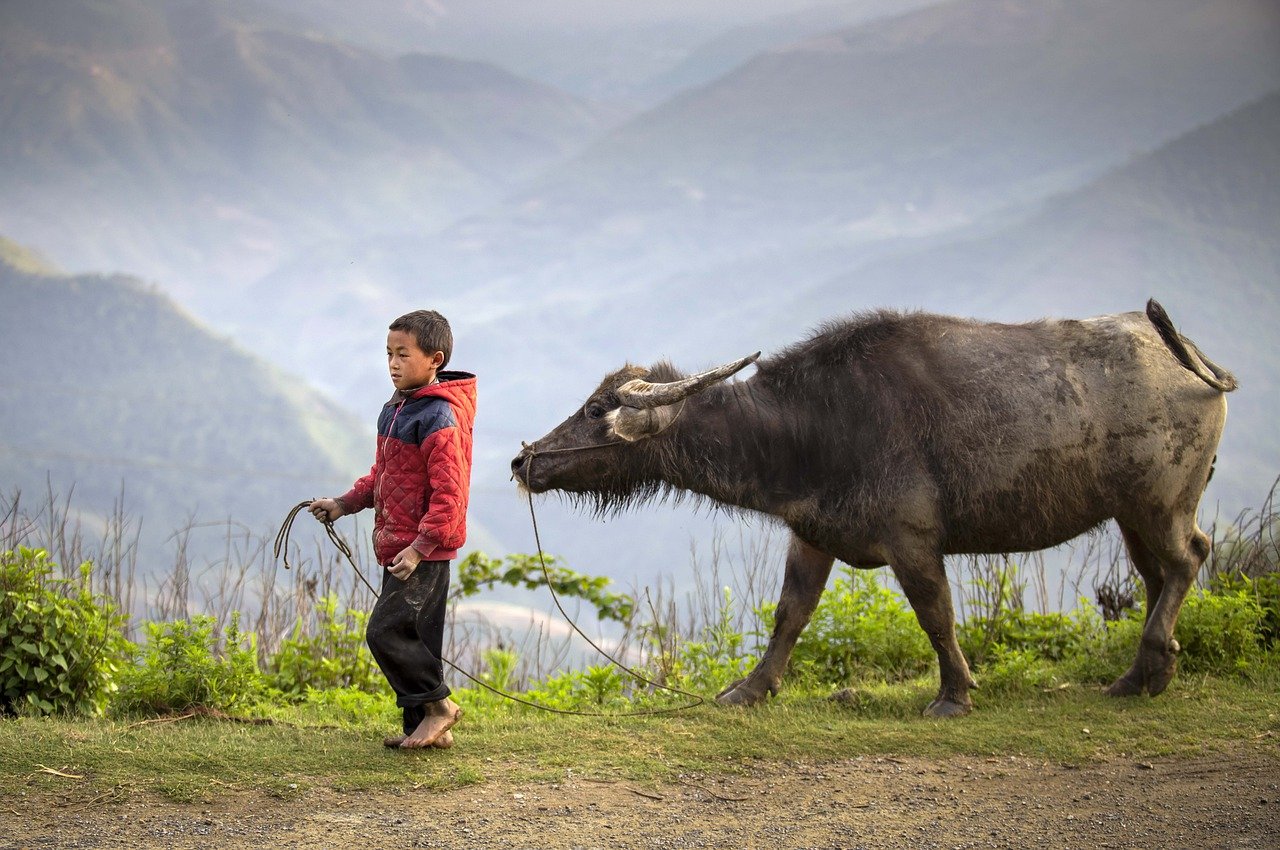
The latest active volcanoes in the world are among those most feared by humans.
When a volcano is about to erupt, it can be difficult to predict where the lava might flow and how much damage it will do.
In this blog post, we’ll take a look at some of the most recent eruptions around the globe as well as what scientists know about them so far.
Recent Volcanic Activity
Mount Sinabung in Indonesia has been spewing ash and gas since 2010, disrupting air traffic and causing respiratory problems for nearby residents.
The Indonesian government raised the alert level to four on December 12th after detecting volcanic tremors.
Residents have evacuated from a danger zone of six kilometers around the crater’s rim, but experts warn that this may not be enough to save them if an eruption is large enough.
The last time Mount Sinabung erupted was in November 2016 when it killed 16 people who were near its summit at the time as well as injuring more than thirty others some seriously.
It also caused extensive damage to local agriculture destroying crops like corn, rice, coffee beans and sugar cane.

Some Facts around volcanoes
Many other active volcanoes are present around the world.
There are about 1,500 potentially active volcanoes worldwide.
Aside from the continuous belts of volcanoes on the ocean floor at spreading centers like the Mid Atlantic Ridge.
About 500 of those 1,500 volcanoes have erupted in historical time.
Many of those are located along the Pacific Rim in what is known as the “Ring of Fire.”
In the United States, volcanoes in the Cascade Range and Alaska (Aleutian volcanic chain) are part of the Ring.
While Hawaiian volcanoes form over a ‘hot spot’ near the center of the Ring.
Kilauea volcano on Hawaii is the world’s most active volcano, followed by Etna in Italy and Piton de la Fournaise on La Réunion island.
After that, it is difficult to decide the exact order on the list, but the following are very close:
Stromboli, Merapi, Erta Ale, Ol Doinyo Lengai, Unzen, Yasur, Ambrym, Arenal, Pacaya, Klyuchevsky, Sheveluch, and Erebus.




